10 Smart Ways to Use Fallen Leaves in Your Garden
Autumn leaves are often seen as a nuisance, but they can serve many purposes in your garden. Rather than letting them pile up, take advantage of the many benefits they offer. Fallen leaves can improve soil health, provide insulation for your plants, and even help control weeds. It is time to think beyond the rake and use nature’s gifts in a smarter way.
This post may contain affiliate links, which helps keep this content free. Please read our disclosure for more info.
Use Leaves as Mulch
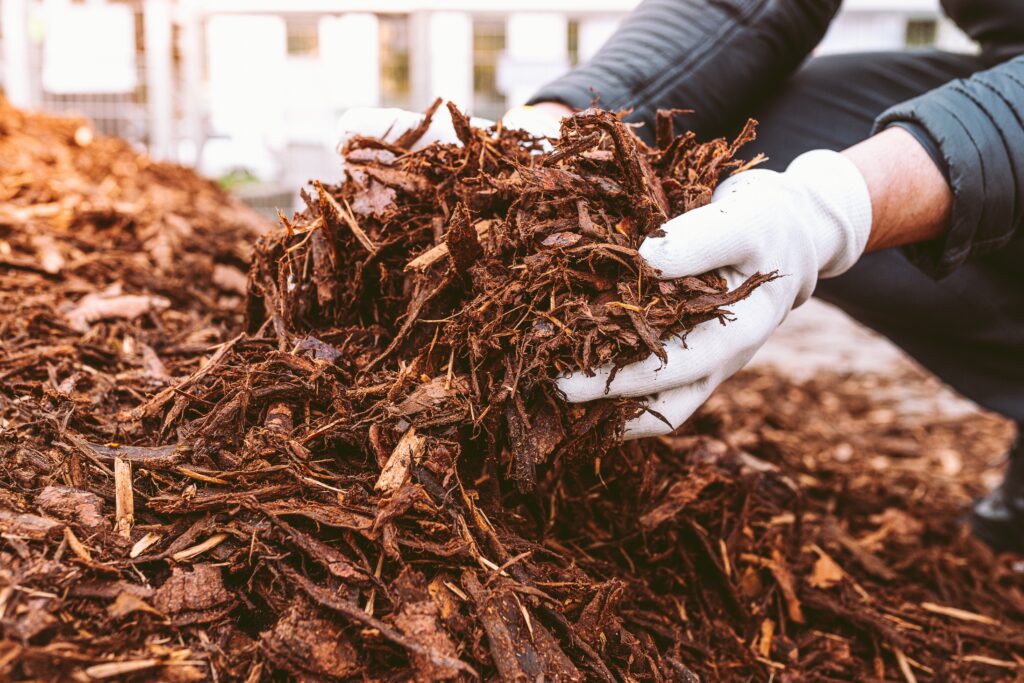
Mulching with fallen leaves is an easy and effective way to enrich your garden. Simply spread a layer of leaves around your plants to help retain moisture in the soil. This helps reduce the need for frequent watering, especially during dry spells. Over time, the leaves break down and add nutrients to the soil, improving its structure and fertility.
In addition to providing moisture, mulching with leaves also helps regulate soil temperature. During the winter, the leaves act as insulation, protecting your plants from frost. As they decompose, they provide a slow release of nutrients. This natural mulch is an eco-friendly alternative to store-bought options.
Compost Fallen Leaves
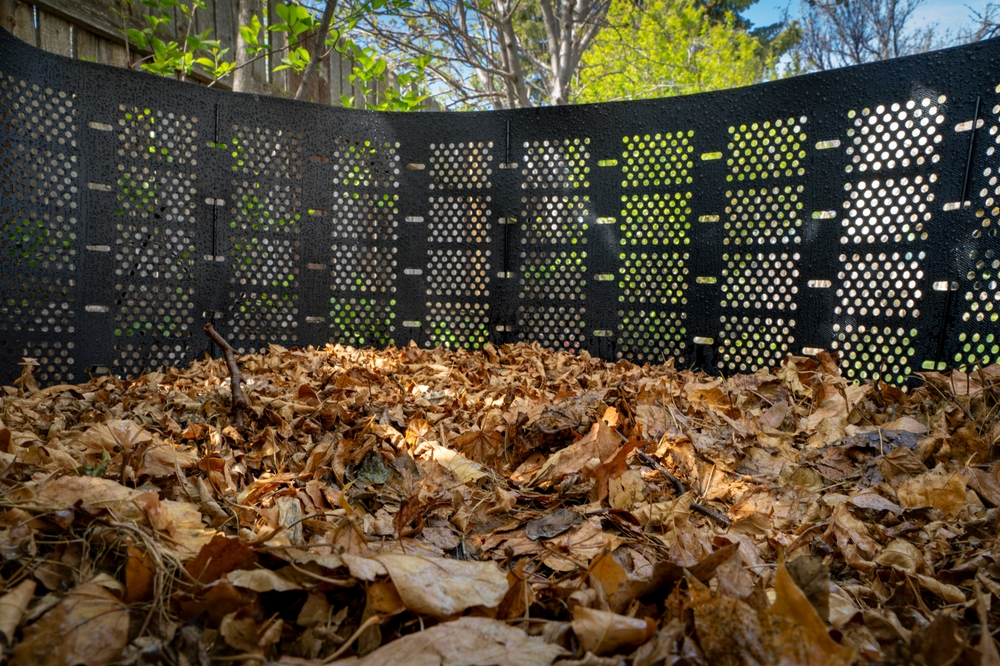
Composting leaves is one of the most sustainable ways to use them in your garden. Simply collect the leaves and add them to your compost pile, where they will break down into rich, nutrient-packed compost. Leaves are high in carbon, which balances the nitrogen-rich materials like grass clippings and kitchen scraps in your compost bin.
To help the leaves break down faster, shred them before adding them to the compost pile. Turn the pile regularly to maintain proper airflow and moisture levels. The end result will be dark, crumbly compost that you can use to enrich the soil in your garden.
Create Leaf Mold for Soil Improvement
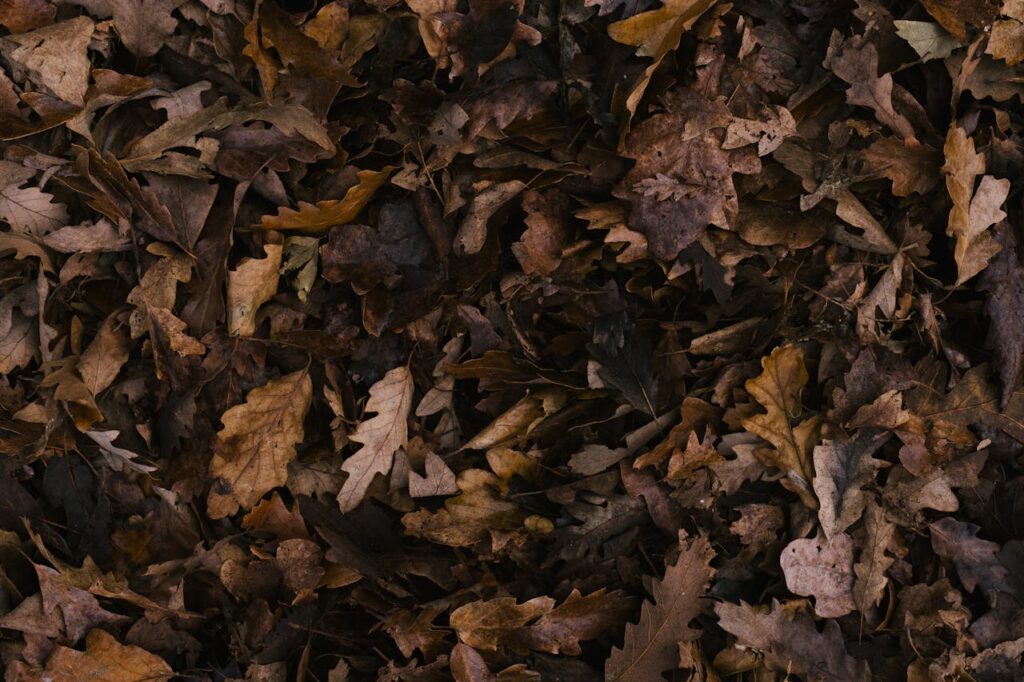
Leaf mold is a type of compost made by breaking down leaves naturally over time. To create leaf mold, pile up your fallen leaves and let them sit for several months, ideally in a moist, shaded area. As they break down, they turn into a dark, spongy material that is excellent for improving soil structure.
Adding leaf mold to your garden soil increases its water-holding capacity, which is beneficial for plant roots. It also improves soil aeration, helping roots grow deeper and healthier. This slow-decomposing organic matter is perfect for enriching garden beds, particularly for plants that prefer loamy soil.
Use Leaves for Pathways
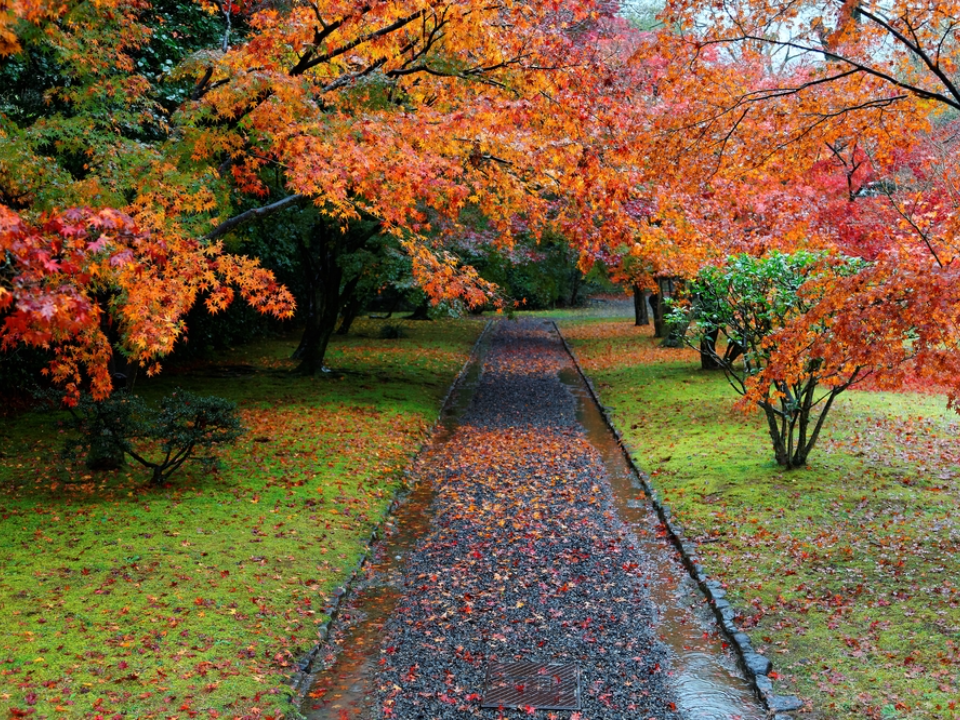
Fallen leaves can be used to create natural pathways in your garden, giving it a rustic, eco-friendly look. Simply lay down a thick layer of leaves to create a soft, cushioned walking surface. This method is perfect for garden paths, helping to suppress weeds and reduce soil compaction.
As the leaves break down, they add organic matter to the ground beneath, improving the soil quality in the areas where you walk. However, be mindful that over time, the leaves may need to be replenished. This method is low-cost and can be a great way to use up the large amounts of fallen leaves in the autumn.
Protect Plants with Leaf Covering
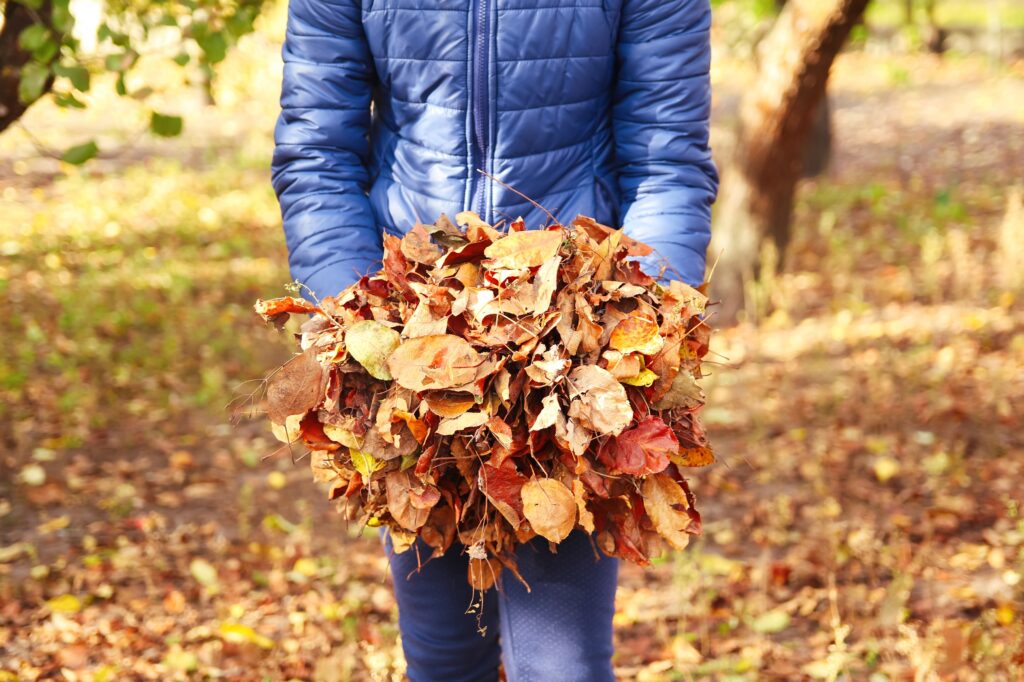
Leaves are a natural insulator and can be used to protect plants during the colder months. Layer fallen leaves around tender plants, particularly those that are more susceptible to frost damage. The leaves act as a protective blanket, keeping the soil temperature stable and shielding the plants from freezing conditions.
This technique works especially well for perennials, shrubs, and young plants that may not be fully established. When spring arrives, you can simply rake away the leaves, revealing plants that have been kept safe and healthy over the winter months. Leaf covering is a simple, low-maintenance way to protect your garden.
Add Leaves to Your Raised Beds
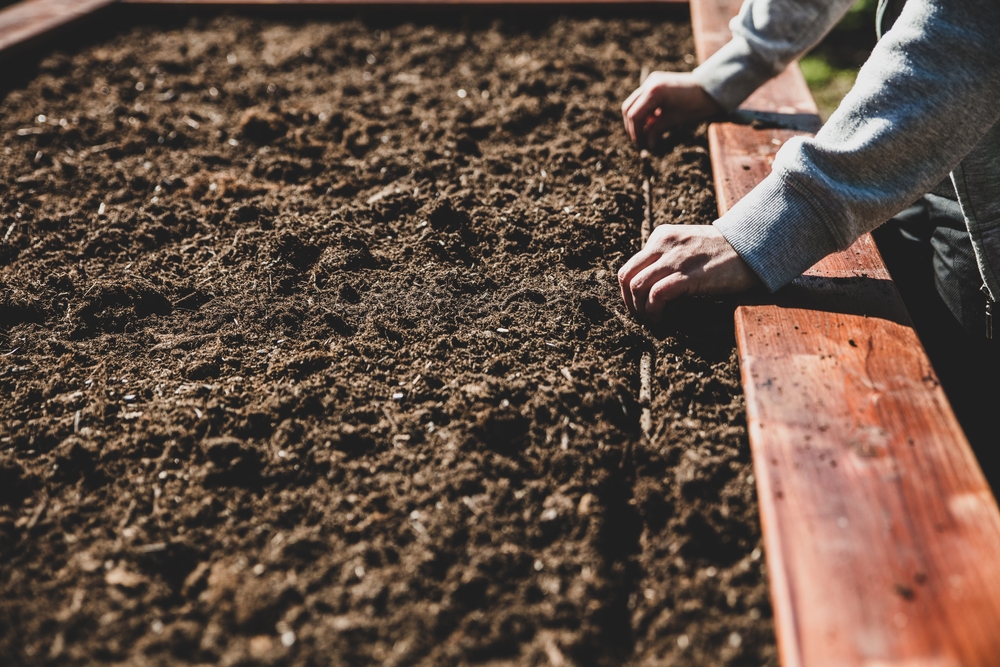
Fallen leaves are an excellent addition to raised garden beds. They can be mixed into the soil to improve its texture and add organic matter. Leaves decompose slowly, ensuring a steady release of nutrients to your plants throughout the growing season.
By adding leaves to your raised beds, you improve soil aeration, helping roots access more oxygen. This also helps maintain moisture levels, preventing the soil from drying out too quickly. Raised beds with added leaves are ideal for growing a wide variety of vegetables and flowers.
Shred Leaves for Faster Decomposition
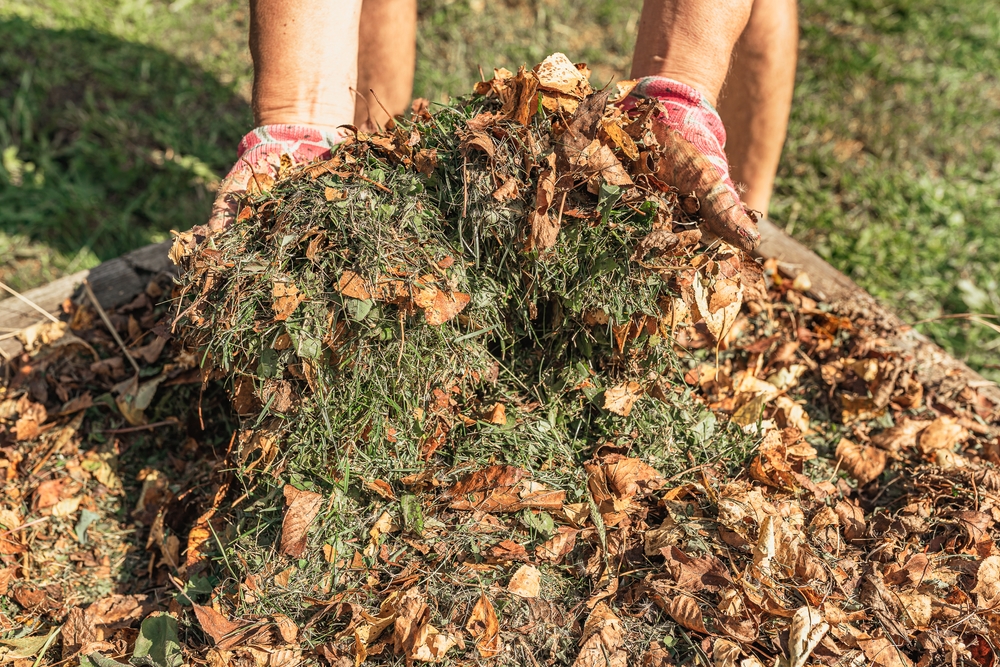
Shredding fallen leaves before using them in the garden speeds up the decomposition process. Use a lawn mower with a bag attachment or a leaf shredder to break the leaves into smaller pieces. The smaller the pieces, the quicker they will decompose and provide benefits to your soil.
Shredded leaves are especially useful for composting, as they create a balanced mix with other organic materials. They can also be used as mulch or mixed into garden beds, where they break down rapidly and enrich the soil. This simple step makes leaves more useful in a shorter amount of time.
Use Leaves in Worm Bins
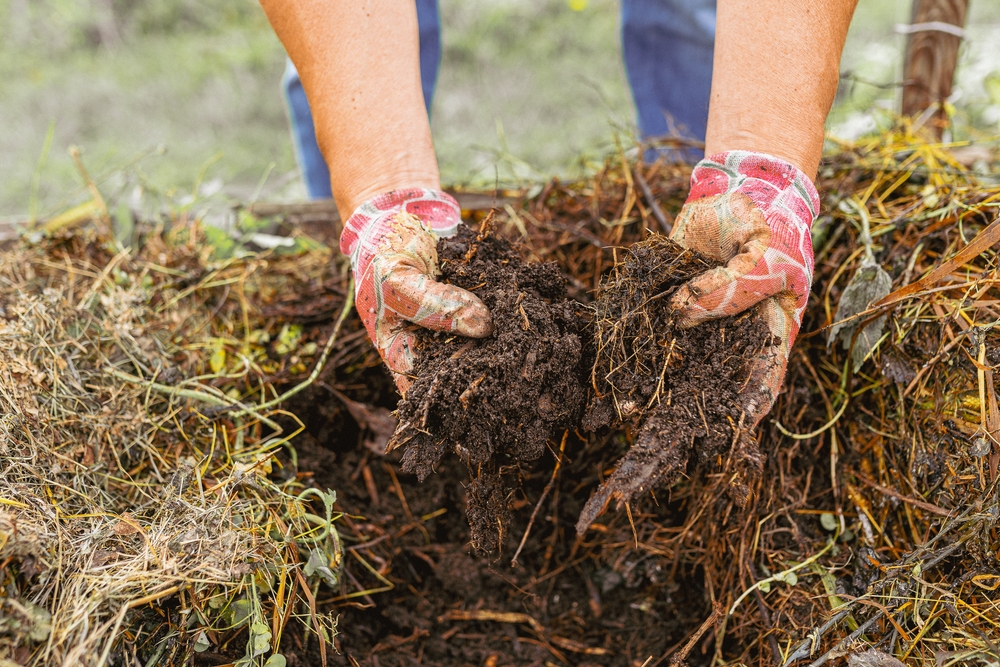
If you have a worm composting bin, fallen leaves are a perfect addition. Worms love to feed on the soft, decomposing leaves, which help them thrive and produce nutrient-rich castings. Simply add the leaves to your worm bin along with your regular composting materials.
The leaves provide much-needed carbon, balancing the nitrogen-rich materials in the bin. Over time, the worms will break down the leaves into valuable compost that you can use in your garden. This method is efficient and helps you recycle fallen leaves without much effort.
Make Leaf Tea for Plants
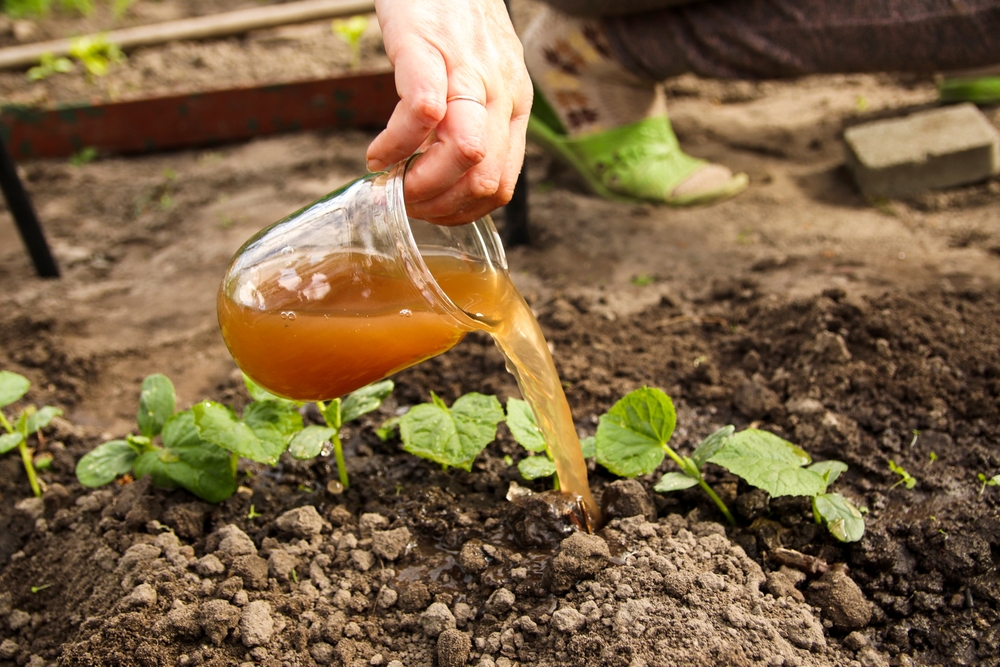
Leaf tea is a liquid fertilizer made by steeping fallen leaves in water. To make this tea, collect the leaves, place them in a container, and cover them with water. Let the leaves steep for a few days before straining the liquid and using it to water your plants.
The leaf tea is full of nutrients that plants can absorb easily through their roots. It is an excellent way to recycle the leaves while giving your plants a natural boost. Use this tea for your vegetable garden, flowers, or houseplants to encourage healthy growth.
Use Leaves for Aesthetic Garden Projects
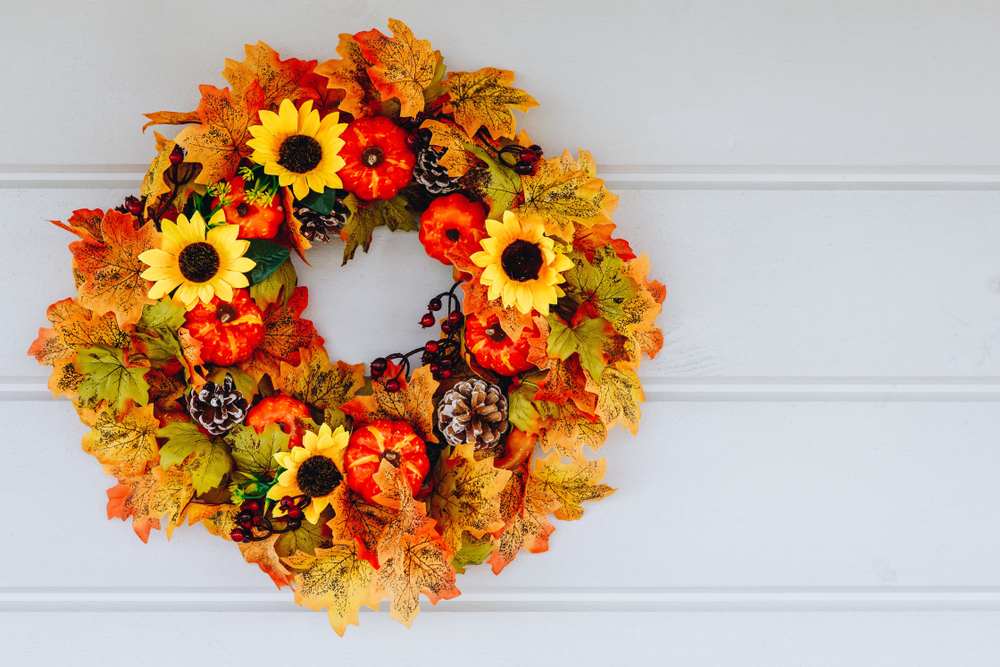
Fallen leaves are not just functional but can also be used for aesthetic purposes. Gather the leaves and use them in various creative projects around the garden, like creating leaf-shaped decorations or enhancing flower beds with natural color. Leaves can add texture and warmth to any garden design.
Using leaves in your garden design can create a more natural look, blending seamlessly with your existing plants. They offer a cost-effective and eco-friendly way to add charm and character to your garden. These simple touches bring nature into your design and create a visually appealing atmosphere.
This article originally appeared on Avocadu.
